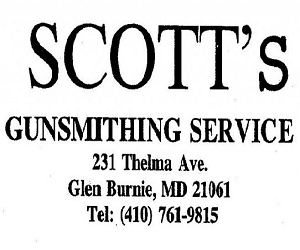Robmyaing
Member
Took a bullseye shooting class at TMGN and I was told that my trigger control was poor due to recoil anticipation. Was shooting a SIG P225 9mm.
My question.
If I practiced (dry fire) and shot with a 380 pistol, which I believe has less recoil than a 9mm, will I anticipate the recoil less and improve trigger control and accuracy?
All responses are appreciated.
My question.
If I practiced (dry fire) and shot with a 380 pistol, which I believe has less recoil than a 9mm, will I anticipate the recoil less and improve trigger control and accuracy?
All responses are appreciated.

